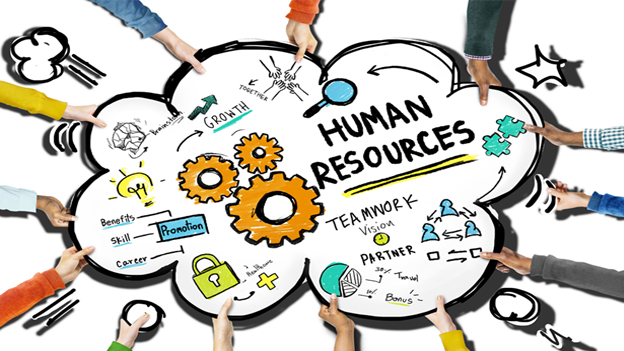What is training and development in HRM PDF?
As an AI language model, I don’t have access to external files or PDFs, including specific documents related to training and development in HRM. However, I can provide you with a general overview of what “training and development in HRM” refers to.
Training and development in Human Resource Management (HRM) is a crucial function that focuses on enhancing the knowledge, skills, abilities, and competencies of employees within an organization. It plays a vital role in improving individual and team performance, fostering employee engagement, and contributing to the overall success of the organization.
In the context of HRM, training and development typically involve the following key aspects:
- Needs Assessment: Conducting a thorough analysis to identify the training needs of employees and the organization. This involves determining the knowledge and skill gaps, as well as the specific training requirements to address those gaps effectively.
- Training Design and Delivery: Developing training programs that align with the identified needs and learning objectives. The training content, methodologies, and delivery formats are tailored to cater to different learning styles and preferences.
- Training Implementation: Delivering the training programs to employees through various methods, such as workshops, seminars, e-learning, on-the-job training, coaching, and mentoring. The implementation phase aims to engage participants actively and promote learning retention.
- Evaluation and Feedback: Assessing the effectiveness of training programs through evaluation methods like assessments, quizzes, performance evaluations, and feedback surveys. Feedback from trainees and trainers is used to identify areas of improvement for future training initiatives.
- Career Development: Apart from skill-specific training, HRM also involves career development programs that focus on nurturing employees’ long-term growth within the organization. This may include leadership development, succession planning, and talent management.
- Employee Engagement: Training and development contribute to employee engagement by providing opportunities for learning and skill enhancement. Engaged employees are more likely to be motivated, committed, and productive.
- Organizational Development: The impact of training and development extends beyond individual employees to the overall organizational development. A skilled and competent workforce enhances the organization’s capacity to achieve its strategic goals.
- Compliance and Legal Requirements: Training may also encompass compliance-related topics to ensure employees understand and adhere to relevant laws, regulations, and organizational policies.
Training and development in HRM is an ongoing and iterative process that requires collaboration between HR professionals, managers, and employees. By investing in employee development, organizations can attract and retain top talent, foster a culture of continuous learning, and maintain a competitive edge in the market.
Best HR course in Chandigarh It is provide by Cbitss in sector0-34 in Chandigarh
What is the main importance of training?
The main importance of training lies in its ability to enhance the knowledge, skills, and abilities of individuals or groups, leading to numerous benefits for both employees and organizations. Here are some key reasons why training is of utmost importance:
- Improved Employee Performance: Training equips employees with the necessary knowledge and skills to perform their jobs effectively. As employees become more proficient in their roles, their performance and productivity increase.
- Enhanced Job Satisfaction: Providing opportunities for training demonstrates that the organization values its employees’ growth and development. Employees who receive training tend to feel more valued, leading to higher job satisfaction and increased loyalty to the company.
- Adaptation to Technological Advancements: In today’s rapidly evolving technological landscape, regular training ensures that employees stay updated with the latest tools and technologies, making them more adaptable to changing work environments.
- Increased Innovation and Creativity: Training encourages employees to think critically and creatively. Employees who receive training are more likely to contribute fresh ideas and approaches, leading to innovation within the organization.
- Employee Empowerment: Training empowers employees by providing them with the skills and confidence needed to take on new challenges and responsibilities. Empowered employees are more motivated and engaged in their work.
- Reduced Employee Turnover: Employees are more likely to stay with an organization that invests in their professional development. Reduced turnover saves recruitment and training costs and fosters a stable and committed workforce.
- Consistency in Operations: Standardized training programs ensure that all employees follow best practices and perform their tasks consistently, leading to improved quality and efficiency.
- Compliance and Risk Management: In industries with specific regulations, training ensures that employees are aware of and adhere to legal and safety requirements, reducing the risk of non-compliance and potential legal issues.
- Succession Planning: Training helps identify potential leaders within the organization. Preparing employees for leadership roles through development initiatives ensures a smooth transition in case of promotions or retirements.
- Positive Organizational Culture: A culture of learning and development fosters an environment of continuous improvement and promotes a positive workplace culture where employees feel supported in their growth.
If you required any then visit our website:- HR course in Chandigarh
Read more article:-Tafwins.




